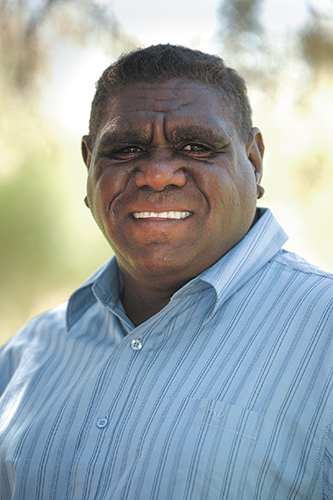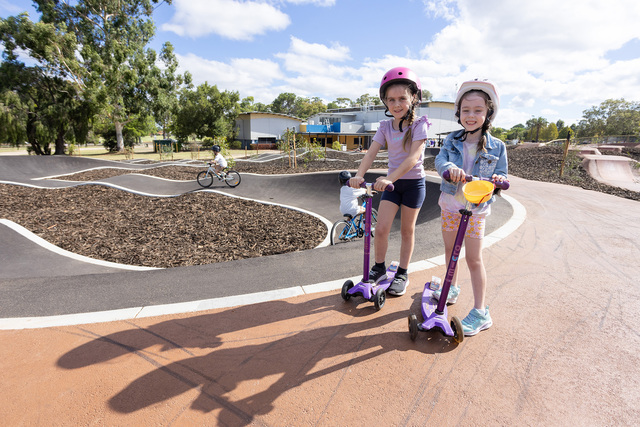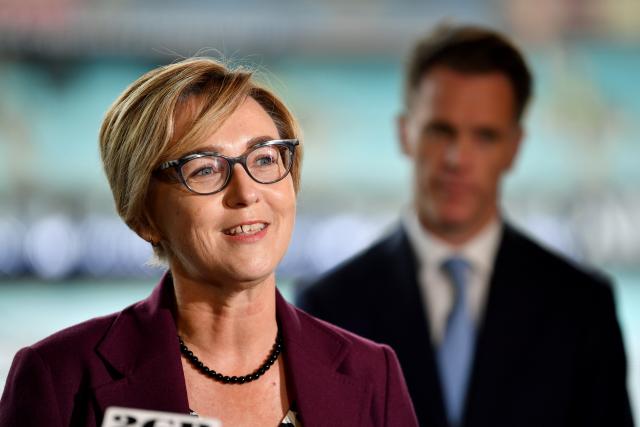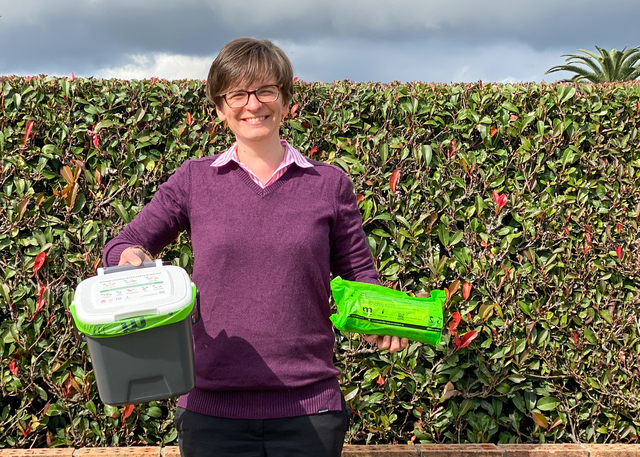Central Desert Regional Council area is located in the central southern section of the Northern Territory (NT) north of Alice Springs, encompassing the Tanami Desert.
Inhabited by the Anmatjere, Warlpiri and Arrernte Aboriginal people it has a population of about 4,222 people (2016 Census) across a landmass of 282.064 sq km most of which is Aboriginal freehold land.
The Region has eight Aboriginal communities and one township, the closest being 196km from Alice Springs and the furthest being 1,300km away.
Council has representation from every community across our three Wards, which is unusual.
Seven of the 12 councillors are new to the role with three women and nine men.
There from the first
I was elected as a councillor in the first sitting of the reformed NT Local Government in 2008, then elected President in 2012 and have remained on Council to this day.
I was involved with Local Government for about three years prior to the forming of the Regional Councils.
What I love about the job is travelling across Central Australia, meeting people, finding out what they are passionate about. Also helping our 370-odd Council staff to make positive change.
I love everything about it [being on Council], that’s why I have been a Councillor for so long.
There are lots of great places across the Central Desert region. Laramba, where I live, is a beautiful place.
Outside work hours I like spending time with family, hunting and listening to country and western music.
Too few, too far
The constituents of Central Desert Region are considered to be remote and disadvantaged. We have a declining population and poor household statistics including low levels of literacy and numeracy. Forty-two per cent unemployment, overcrowding in houses and a median weekly household income of $1,202.00 per week are among the challenges faced by Council.
Another is distance; a remote road network of over 1,800km, only 100km of which is bitumen – is expensive to maintain and frequently impacted by adverse weather events leaving residents stranded in communities for days, sometimes weeks.
Deciding how to allocate our budget is difficult with so many needs across the area.
Programs for reform
In 2012 Council established a mediation and justice program in one of its larger communities of Yuendumu.
The program employs local Aboriginal people who act as mediators in times of community trouble.
In 2017 the program was extended to the nearby community of Willowra after their Local Authority requested assistance from Council to address violence in the community.
In the background, Council staff have been working to transition the program to the Southern Tanami Kurdiji Indigenous Corporation (STKIC). The transition to independence will be complete by July 2018.
Alongside this program, Council has recently approved an important policy, which will support the work of STKIC, called the Intentional Damage Policy.
It aims to bring mediators, offenders and police together to work towards a productive outcome in the event that there is damage to Council property.
Bringing new voices
Among my personal successes as Councillor is being appointed an inaugural member of the NT Chief Minister’s First Circles program 2015-2018.
I am also proud of engaging Indigenous leaders across the NT to bring new voices to the conversation and help build the next generation of community leaders. One of the youngest female councillors in the NT, Councillor Audrey Inkamala from Atitjere is just 22 years of age.
I am currently working on strategic planning with councillors and officers.
We are largely focused on advocacy across all levels of government to improve people’s lives.
I look forward to working with the CDRC’s CEO, Diane Hood and staff to have conversations about change at other levels of government.








